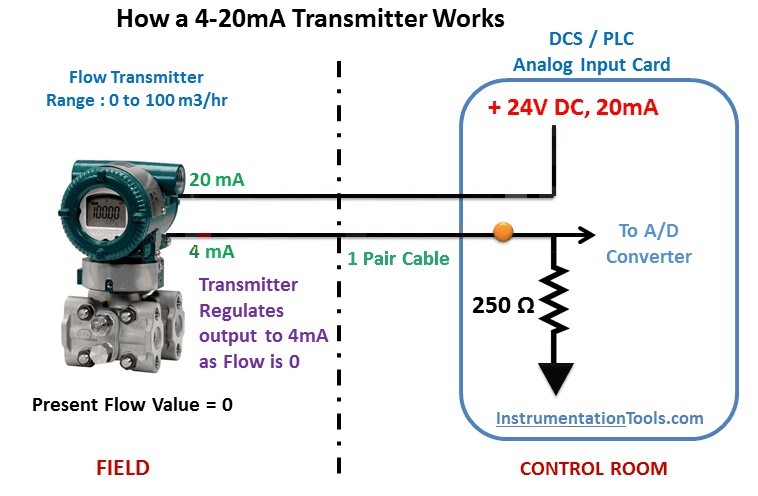Other Parts Discussed in Thread: DAC161P997, DAC161S997
This chip is supposed to be for 4-20mA process control applications. However the specifications indicate the output voltage is not enough to work for a 4-20mA PLC analog input application.
The 4-20mA instrument needs 10.5V minimum.
The PLC will have a 250R resistor to sense the output current of the instrument. That generates a voltage drop of up to 5V (0.020A x 250R).
The wires to the instrument will also drop some voltage, although small.
The absolute minimum voltage output needed is 15.5V
The DAC8760 can only put out 10V.
Am I missing something? Should I be looking at a different part for the PLC AI application?
Thanks for your help.
Cyrus


